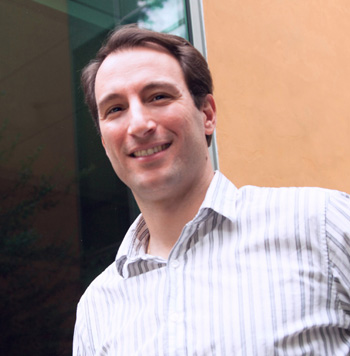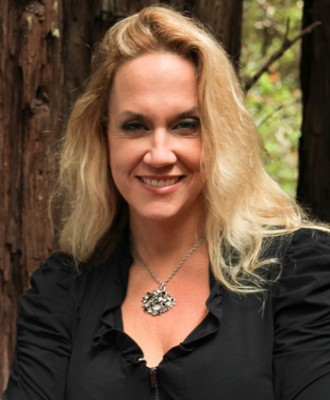Events
In our own back yard: Genomics conference to attract worldwide audience

By Jonathan Partridge
Contributor, Santa Cruz Tech Beat
February 20, 2015 — Santa Cruz, CA
Most people may know Santa Cruz for its boardwalk and beaches, but it’s gaining a reputation among scientists as the perfect place to forge plans for a genomic zoo.
The Genome 10K Conference will be held March 1 – 5 at the Chaminade Resort, where  researchers from around the world will discuss progress on a “zoo” containing computer-generated reproductions of the DNA sequences of 10,000 vertebrate species.
researchers from around the world will discuss progress on a “zoo” containing computer-generated reproductions of the DNA sequences of 10,000 vertebrate species.
This is the third time the local university has hosted the conference in the past six years. It’s a fitting location, given that UCSC professor David Haussler is one of the cofounders of the Genome 10K project.
“We aim to showcase some of the most exciting advances in genomics, both in terms of technical advances and in advances in our understanding of the evolution of the vertebrate lineage,” said event host Beth Shapiro, a UC Santa Cruz associate professor of ecology and evolutionary biology and principal investigator at UCSC’s Paleogenomics Lab.
Professor Tom Gilbert of the University of Copenhagen will serve as the keynote speaker at this year’s gathering, which is expected to attract about 150 attendees and will feature speakers from a dozen countries. Those include many people who are already involved in the 6-year-old G10K project.
Haussler, scientific director of the UC Santa Cruz Genomics Institute, launched the project with Stephen O’Brien of Russia’s St. Petersburg State University and Oliver Ryder of UC San Diego during the inaugural G10K conference in Santa Cruz in 2009. That meeting included 55 leading scientists representing major zoos, museums, research centers, and universities around the world. Haussler had previously collaborated on the international Human Genome Project, and was part of the team that posted the first publicly available computational assembly of the human genome sequence on the Internet back in 2000.
Similar to that project, G10K is an open and collaborative effort. In fact, one of the most important aspects of the project is that it allows researchers to make their findings public, so they can share that information with others, Shapiro said.
“We believe that genomics data should be curated and held to a high standard and then made available for everyone to study,” she said. “We as an organization were founded on the idea that the most efficient work and therefore the best possible progress can be made when the community works together.”
The project’s findings can help researchers understand how complex animal life evolved through changes in DNA, Shapiro said.
She noted that a few years ago, a research team from the University of Manitoba discovered that a gene that codes for hemoglobin in mammoths is only slightly different from that of Asian elephants. They were able to determine that these small changes made mammoth hemoglobin more efficient than elephant hemoglobin at transporting oxygen around the body at low temperatures, which was clearly more advantageous in the Arctic, Shapiro said.
In addition to the mammoth, other extinct animals slated to be included in the genomic zoo include the passenger pigeon, she said.
Shapiro described progress on the G10K project as “astounding,” attributing much of the development to technological advances in DNA sequencing. Just this week, UCSC announced that investigators at the Genomics Institute have optimized performance of a mobile phone-sized DNA sequencer, which reads individual DNA strands base-by-base as they pass through a nanoscale pore under control of an applied voltage.
G10K also has received tremendous support from Beijing Genomics Institute, which agreed to pay for the sequencing and assembly of the first 100 genomes, Shapiro said.
Conference participants next month will discuss the next series of challenges that need to be tackled to complete the project. Shapiro said she hopes attendees leave with a strong feeling of community that will pave the way for new collaborations – and ultimately, new findings. Researchers still have much to learn, she said.
“… We are still in the very early stages of understanding how those sequences translate into the biodiversity of life on Earth,” Shapiro said. “It is only through careful comparative analysis of hundreds to thousands of genomes that we can begin to make sense of all of this information.”
For information on the G10K Conference: https://genome10k.soe.ucsc.edu/conference_home_2015
For more about The G10K Project, watch this video:
Jonathan Partridge is a freelance writer and online media strategist who loves to share stories about exciting happenings in Santa Cruz County. He can be reached at jonathanjpartridge@gmail.com.
###
Tagged CBSE, Center for Biomolecular Science and Engineering, genomics, UC Santa Cruz








